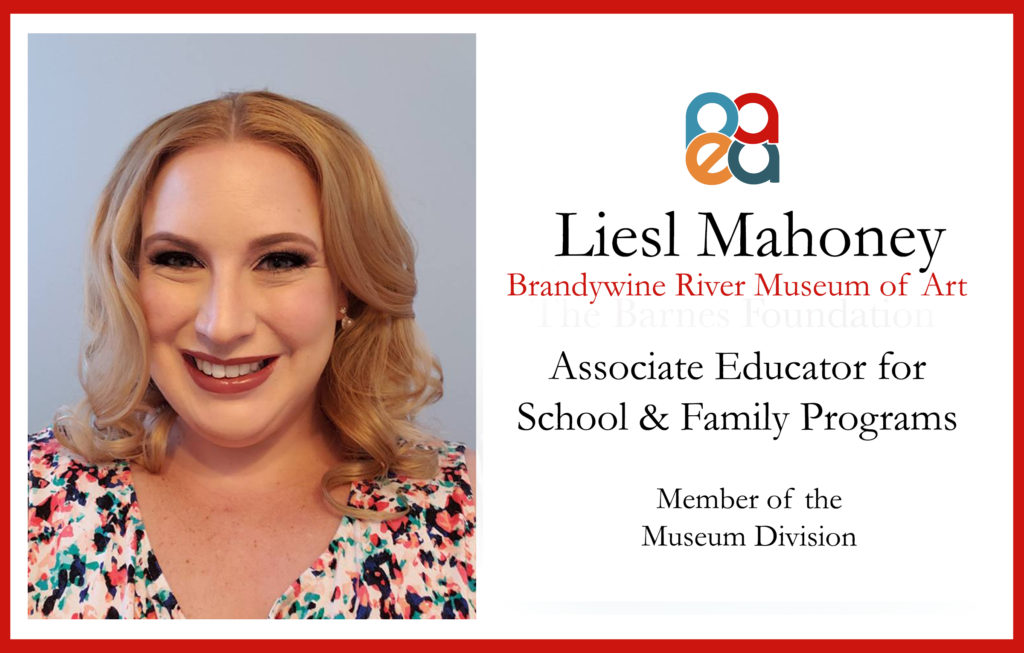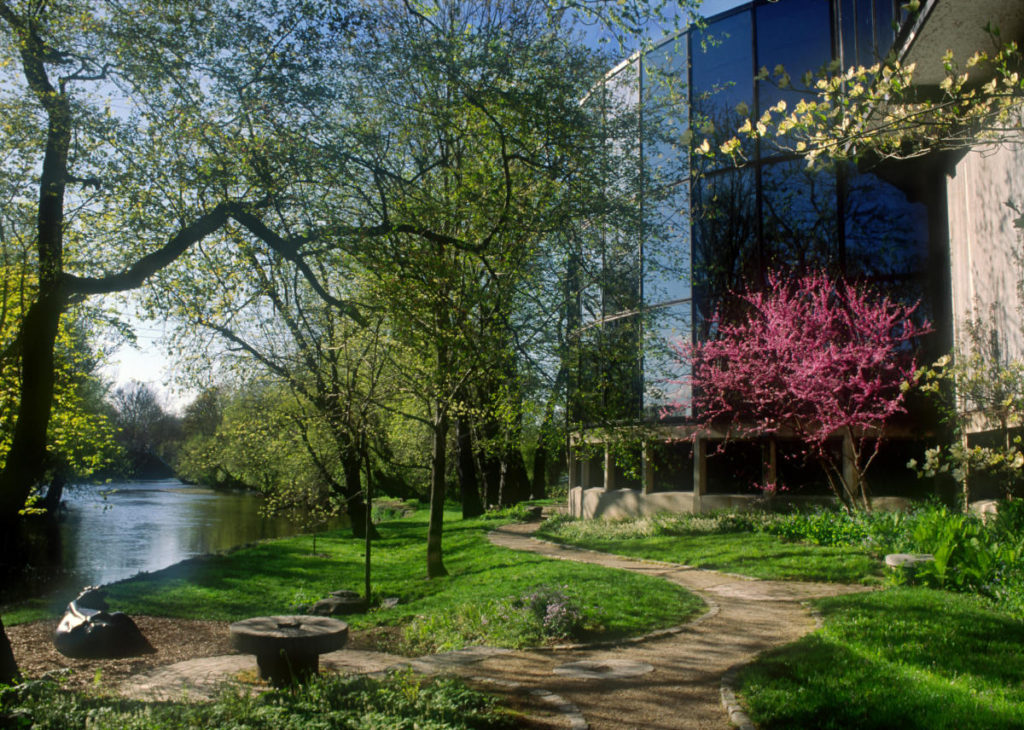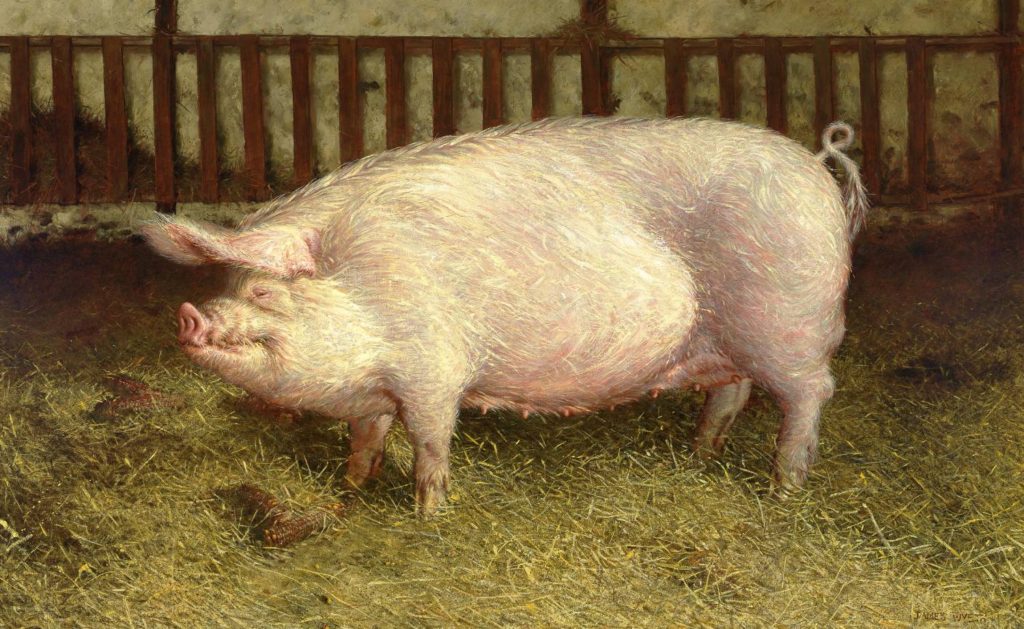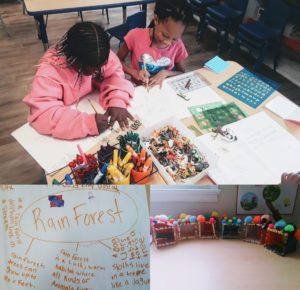December, 2020
now browsing by month
Virtual Field Trips
Liesl Mahoney is the Associate Educator for School and Family Programs at the Brandywine River Museum of Art in Chadds Ford, Pennsylvania. Liesl has a passion for instilling a love of art and museums in children of all ages.
Every year, the Brandywine River Museum of Art in Chadds Ford, Pennsylvania welcomes thousands of students through its doors to explore the galleries. Trained enthusiastic docents lead the students around the Museum in small groups, stopping to look at artwork that fits with the tour theme chosen by the teacher. Students leave with a greater connection to the artwork and to the surrounding landscape of the beautiful Brandywine Valley.
Photo Taken by Mark Gormel
This has been the norm the entire time I have worked at Brandywine. Then suddenly, in early March, I found myself in the tough position of calling teachers who had booked tours and telling them that their visit was canceled. Everyone was very understanding, but one thing I heard from multiple teachers was “I hope we can still do something with your Museum in some sort of capacity.”
It was from that statement that the Museum’s Virtual Field Trips were born. We wanted the virtual experiences to have some of the elements of our in-person tours, and so we created them to be thematic and targeted for various age groups. We wanted to make things as easy as we could for teachers, therefore we pre-recorded the videos and made them available for streaming both in the classroom and on individual devices. Teachers can also choose to add a live Zoom feature for students to interact with staff from the Museum. To make these Virtual Field Trips accessible to everyone, they are being offered for free. We did not want cost to be a factor for schools and students during this time.
We were also very cognizant of timing, both for what teachers may want included and what students can handle. For instance, the Animal Safari for Kindergarten through second grade is a fun and interactive tour that takes students on a virtual exploration of selected animal works from the collection in around five minutes. As the grade level increases, so does the level of the content and the overall length of the pre-recorded videos.
Jamie Wyeth, Portrait of Pig; 1970
This new format gives us the potential to reach many new students. Students who have never been to Chadds Ford – and whose school may be too far away for a comfortable field trip commute in person – are able to be transported virtually to the Museum to see what we have to offer. Another exciting factor is that we are no longer confined to viewing only what is currently hanging in the galleries. Now, any artwork in the collection can be part of a Virtual Field Trip, which makes the tours new and fresh even for returning visitors.
I look forward to working with teachers to tailor the Museum’s offerings to their needs. We plan to keep adding to our list of offerings and welcome suggestions. For more information on the tours head to our website https://www.brandywine.org/museum/tours-groups/virtual-school-programs. Feel free to contact me, Liesl Mahoney, at lmahoney@brandywine.org or call me at 610.212.3663.
Connecting with STEAM
Jihan is a Philadelphia visual artist, community arts educator and a museum educator at the Barnes Foundation in Philadelphia. Thomas extends her creative work in community centers, shelters, and traditional K-12 classrooms within the Philadelphia School District. Jihan loves being creative and encouraging others in their pathways towards their own unique expressions
This time has truly been challenging for everyone. As a visual artist and community educator, I usually look forward to my summer schedule where I facilitate art programming for campers from all over the city, but like everyone around the world, COVID-19 has completely changed that. Fortunately, I had the wonderful opportunity to participate as a STEAM instructor for Greater Work Preschool in Philadelphia where the facility operated a small camp through social distancing.
Together, the campers and I learned through STEAM-based projects. One of my favorite projects was when we learned about animal habitats and campers created their own habitat. Campers did a great job identifying the importance of animals being in their natural surroundings. Another great theme focused on engineering where campers learned to construct their own homes. We had the opportunity of exploring the basic elements on how to construct a home as well as draw architectural blue-prints of their own type of home. Along the way, campers made great observations and made meaningful connections with their work. Be sure to check out these great STEAM projects!
NAEA Position Statement on STEAM Education
For more STEAM resources, visit Edutopia.






 D5 Creation
D5 Creation